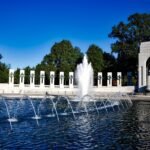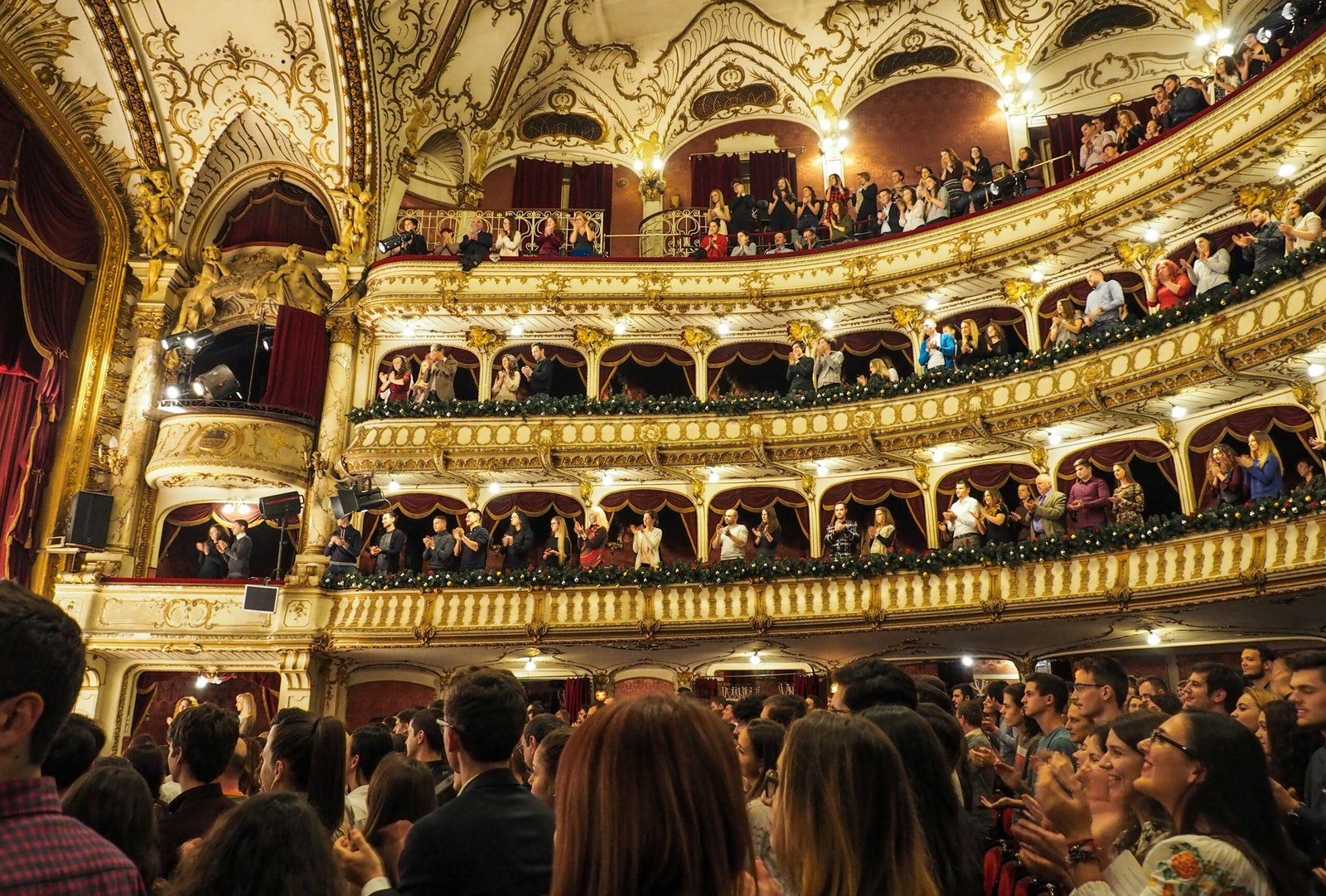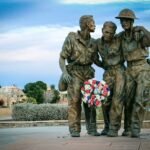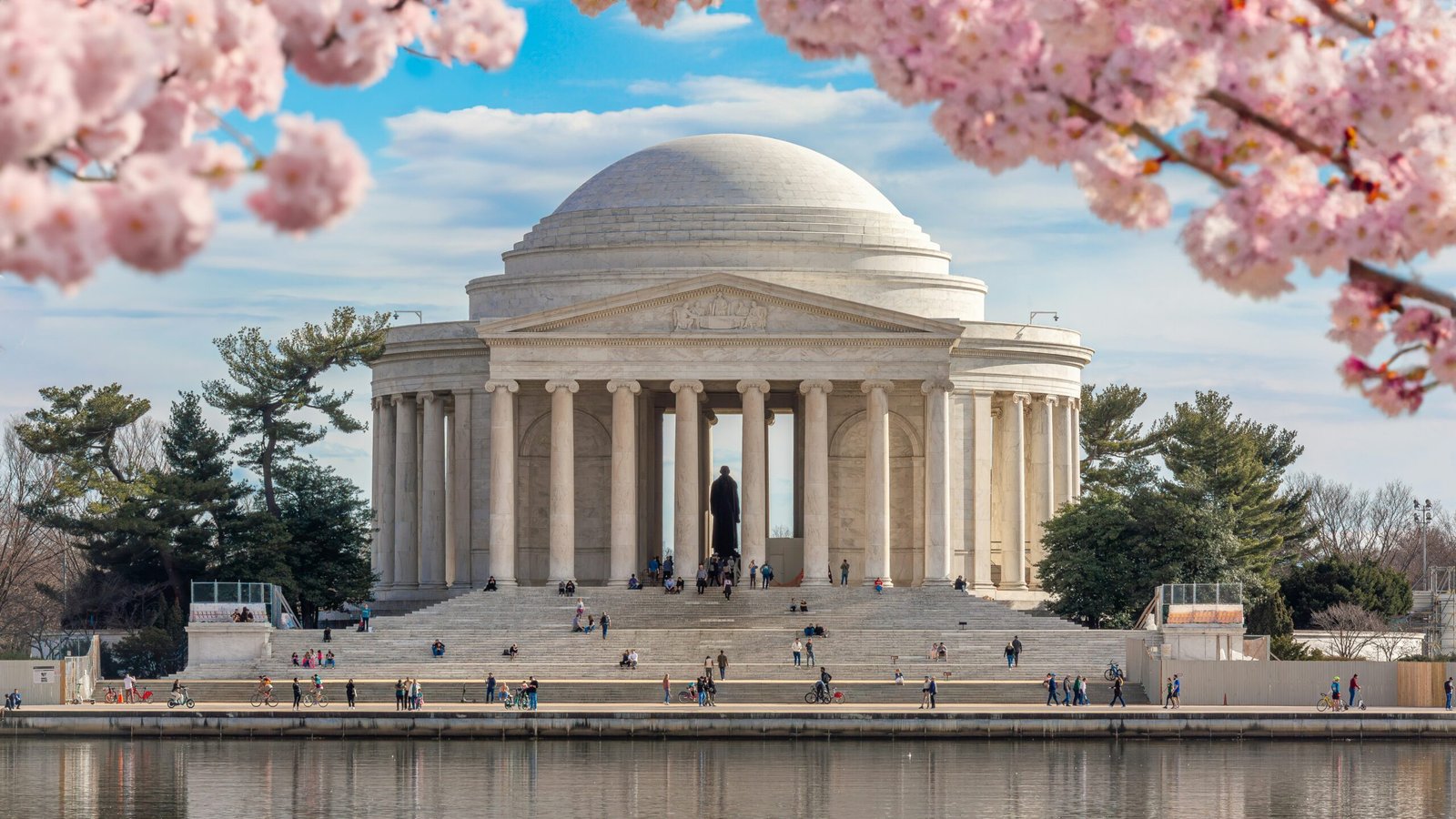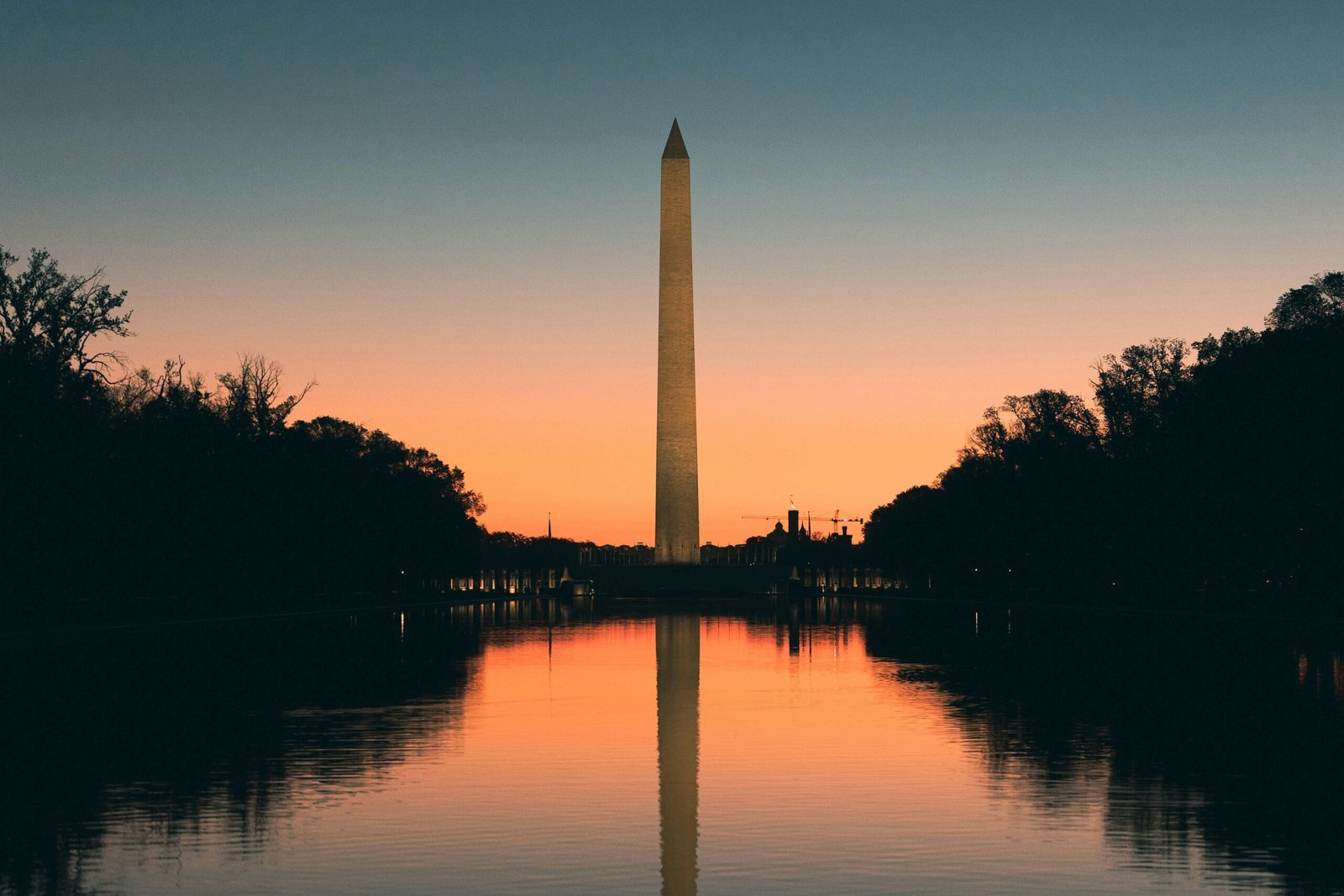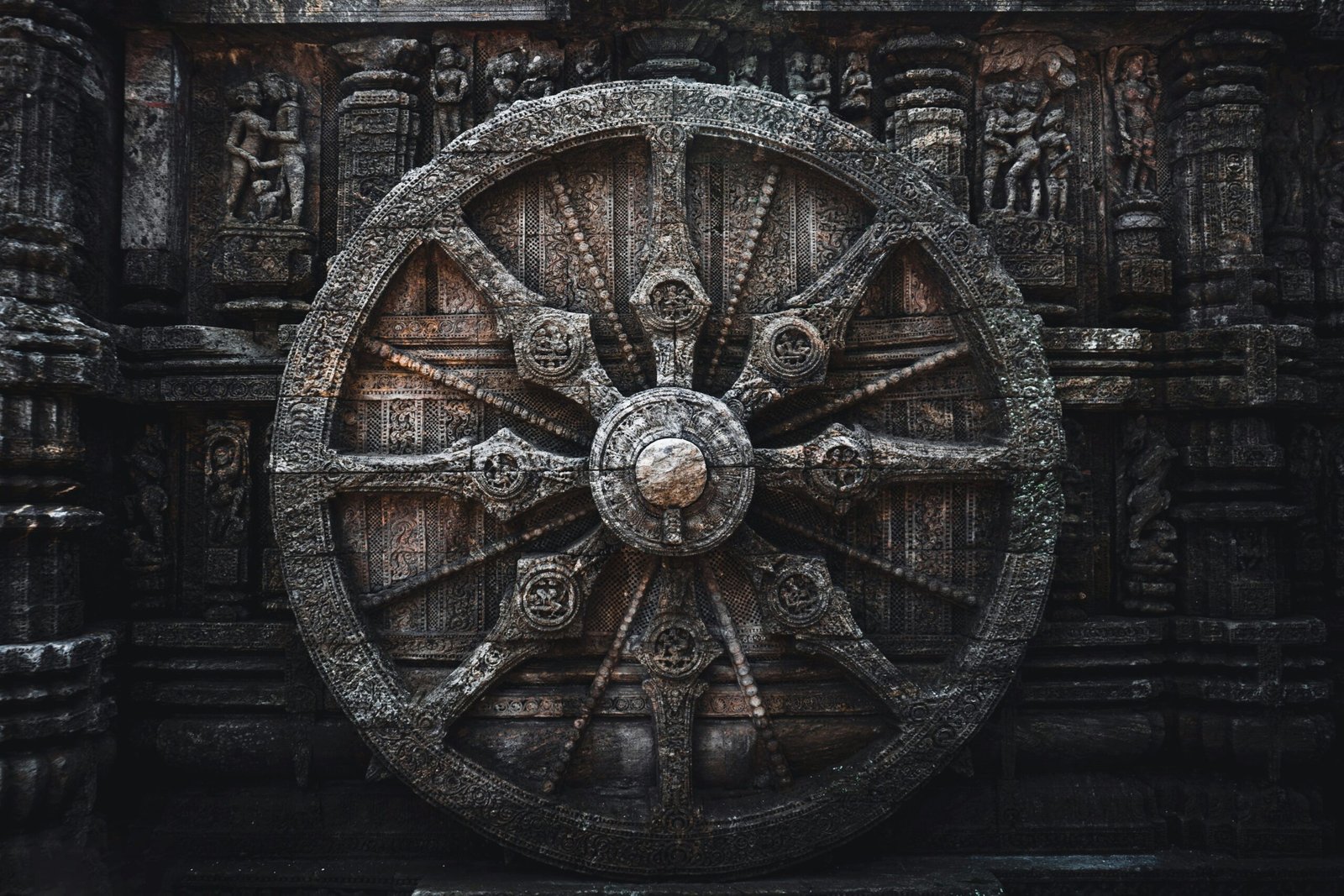Introduction to the National World War II Memorial
The National World War II Memorial is a must-visit site on the National Mall in Washington, D.C. This iconic landmark also celebrates the unity and resilience of the American people during a challenging era.
In the early 1990s, World War II veterans pushed for a memorial to recognize their experiences. Their efforts gained momentum, and in 1993, Congress approved the establishment of this tribute.
Funding came from public and private sources. Veterans’ organizations and individual citizens contributed generously to make it a reality. This collaboration highlighted the importance of preserving the memory of those who fought and supported the war effort.
The memorial’s design features a grand rectangular plaza. Stone pillars and water fountains surround it, symbolizing the sacrifices made by millions. Each element tells a story of courage, unity, and determination. The site serves as both a tribute and an educational resource for visitors of all ages.
The ceremony brought together veterans, their families, and dignitaries from around the globe. Since then, it has welcomed millions of visitors each year. People from all walks of life come to pay their respects and reflect on the lessons of history.
The National World War II Memorial continues to inspire patriotism and gratitude.
Design and Architecture of the Memorial
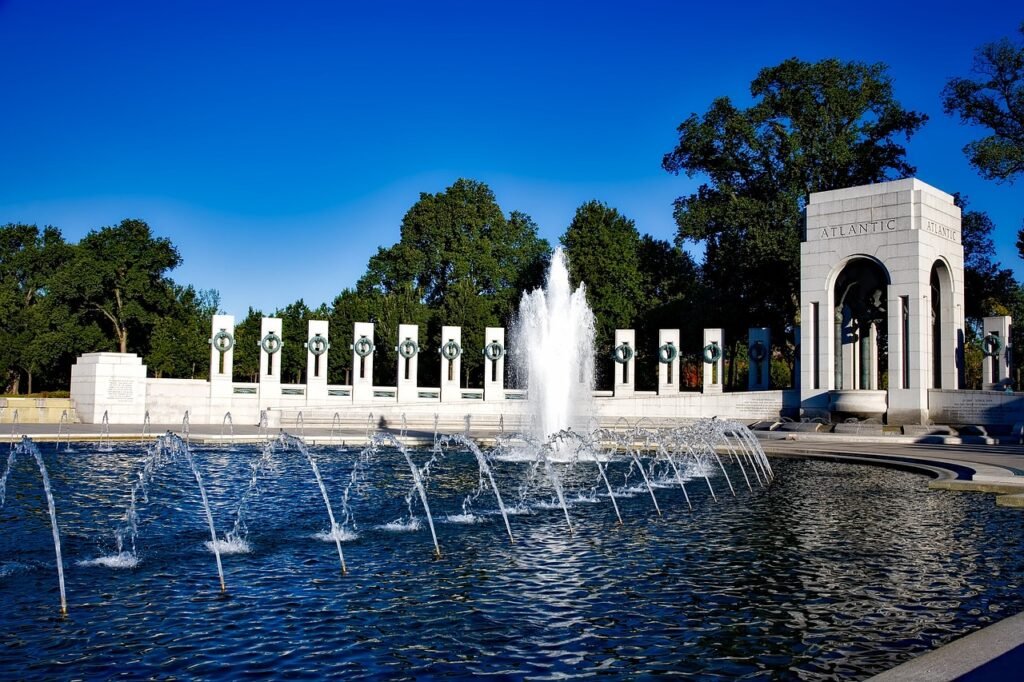
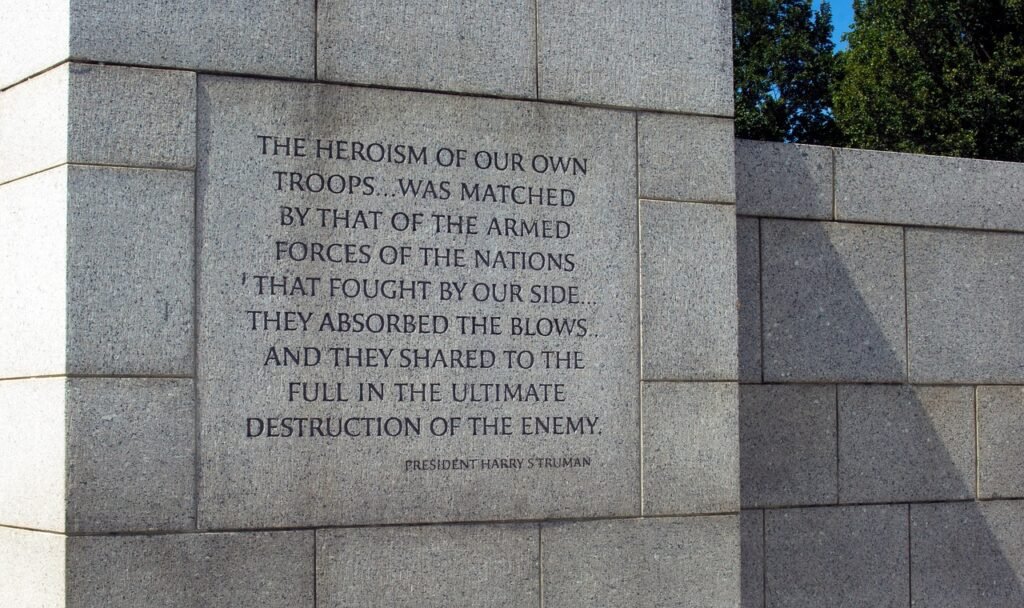

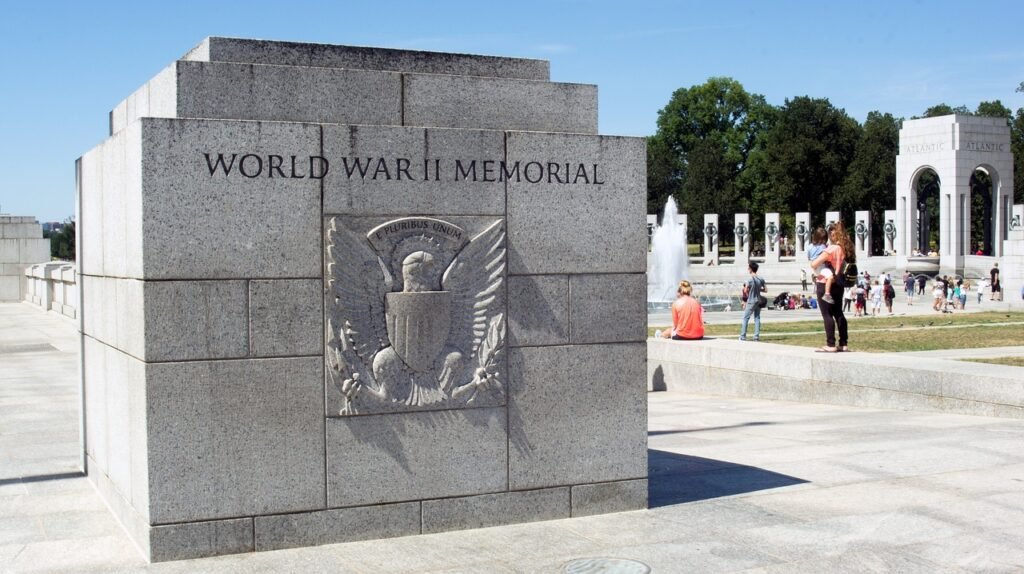
Designed by architect Friedrich St. Florian, it seamlessly combines architecture and symbolism to convey the war’s profound impact on the nation. Central to the memorial are expansive pools, which serve as reflective spaces for tranquility and remembrance. These water features encourage visitors to pause and connect with the memory of those who served.
The memorial’s layout highlights two grand pavilions, representing the Atlantic and Pacific theaters of war. This thoughtful positioning emphasizes the geographical and operational duality crucial to World War II. Each pavilion features intricate designs that honor the respective theaters and showcase the global scale of the conflict.
Inscriptions on the pillars play a vital role in the memorial’s design. They commemorate major battles and reflect the immense sacrifices made. Elegant arches frame the site, representing unity and a shared national experience of war. These elements work together to create a space that honors both the fallen and those who returned home.
The careful arrangement of these features ensures the memorial’s lasting impact. Visitors leave with a deeper appreciation of the courage and resilience demonstrated during World War II.
Visitor Experience: Engaging with History
The National World War II Memorial is a profound tribute to the valor and sacrifice of those who served. The site’s accessibility ensures that everyone can engage with this landmark. Convenient pathways, accessible restrooms, and clear informational signage make the experience welcoming for all. Guided tours provide deeper insights into the memorial’s design and the historical context of World War II. These tours help visitors understand the sacrifices made and the war’s impact on American society.
As visitors explore, they find a space designed for reflection and remembrance. The grandeur of the fountains and striking pillars creates an atmosphere for contemplation. Many feel moved when viewing the engravings of thousands of names etched into the walls. These names evoke powerful emotions and foster a deeper respect for the sacrifices of service members. Families often connect personally, sharing stories of ancestors who served, which adds to the memorial’s meaning.
Commemorative services on significant anniversaries and educational programs deepen visitors’ understanding of the war’s legacy. These events provide unique opportunities to reflect and learn.
The National World War II Memorial remains a vital space for honoring history. It offers resources and experiences that strengthen connections to a pivotal moment in American history. Whether visiting for quiet reflection or attending a special ceremony, the memorial leaves a lasting impression on all who experience it.
Preservation and Future of the Memorial
The National World War II Memorial honors the bravery and sacrifice of those who served in a pivotal conflict. Preserving this site is crucial for honoring veterans and teaching future generations the lessons of World War II. Maintenance efforts include routine care, restorations, and sustainable practices to protect the monument from environmental challenges.
A key goal of preservation is to engage visitors by deepening their understanding of the memorial’s historical context. Programs such as guided tours, educational workshops, and interactive displays enhance the visitor experience. Modern technology and immersive designs attract a diverse audience, encouraging reflection on the war’s significance and its lasting impact.
Community stewardship programs also play a vital role in preservation. Volunteers from all walks of life contribute time and expertise to maintain the memorial. This collaborative effort keeps the site accessible and fosters connections between generations. It reinforces the enduring narrative of sacrifice and resilience that defines World War II.
As society evolves, the memorial must adapt to remain relevant while staying true to its mission. By prioritizing preservation, enhancing visitor engagement, and offering comprehensive educational programs, the National World War II Memorial will continue to serve as a powerful space for remembrance and learning for years to come.
